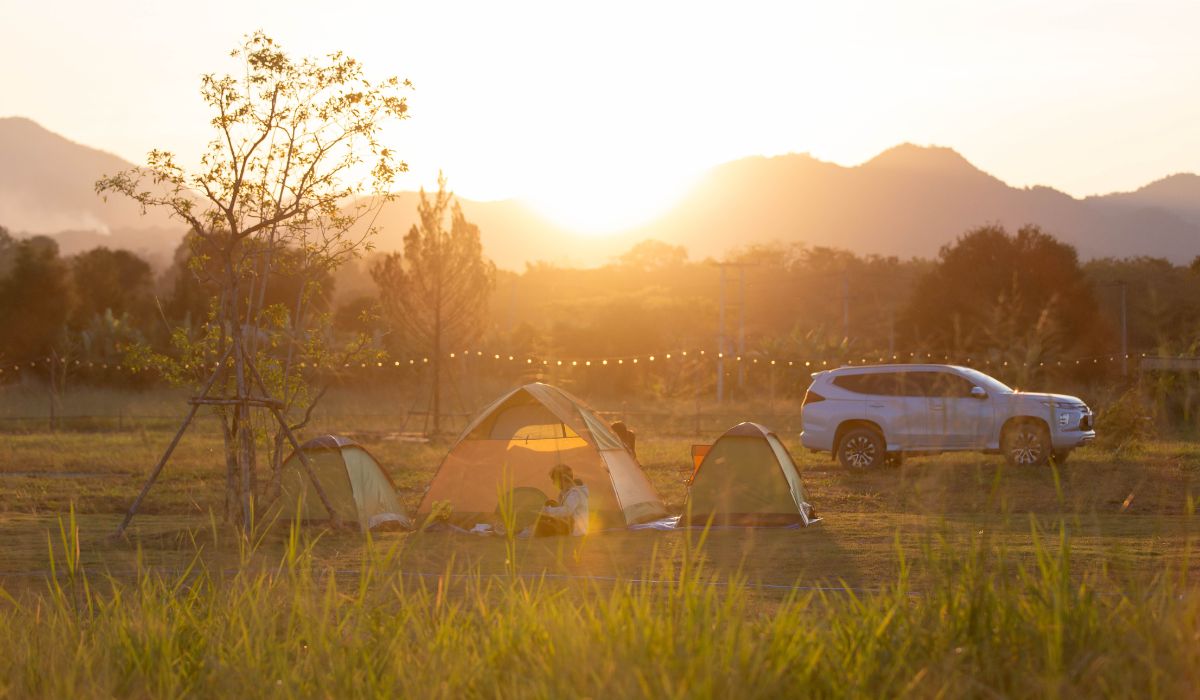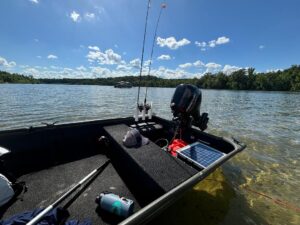Organize your camping trips effortlessly with a refined checklist. Stay prepared, ensure safety, and make every outdoor adventure memorable and enjoyable.
Camping is an invigorating experience, offering a unique opportunity to reconnect with nature and unwind from daily stresses. Planning a camping trip requires meticulous preparation to ensure everything proceeds smoothly without any setbacks.
The key to a successful camping trip is balancing comfort with functional planning tailored to your expedition’s specifics. With this checklist to make the most of your camping trip, you can focus on creating lasting memories while surrounded by the great outdoors.
Choosing the Right Campsite
Selecting an appropriate campsite is essential to having a successful and comfortable camping trip. Research different locations, considering factors such as terrain, weather, and accessibility. Check reviews from other campers for insights about the site’s safety, facilities, and scenic qualities.
Make sure the campsite aligns with your planned activities, such as hiking, fishing, or relaxing. Then, study maps and trail information to know the layout and nearby points of interest. A well-chosen site ensures convenience while minimizing potential problems during your stay.
Packing Proper Shelter and Sleeping Gear
Comfortable sleeping arrangements contribute significantly to your overall camping experience. Invest in a high-quality tent suited for your group size and outdoor conditions. Pack a durable ground tarp and stakes to secure your tent and protect against moisture or uneven surfaces.
Carry appropriate sleeping bags and pads that match seasonal temperatures for a good night’s sleep. Organize your gear to include thermal blankets or liners for colder climates. Prioritize comfort, as it allows you to enjoy your daytime activities fully. Hammock camping is a perfect way to experience comfort while sleeping outside!
Preparing a Detailed Meal Plan
Thoughtfully planning your meals ensures you carry enough supplies while minimizing waste and unnecessary weight. Non-perishable foods like my favorite Mountain House Meals make it easy to plan out dinner for the trip. Bring efficient cooking gear, such as lightweight stoves, pots, or an eco-friendly campfire grate.
Don’t forget utensils, biodegradable napkins, and cleaning supplies for easy after-meal tidying up. Organize meals by day and label containers for better management. A well-structured meal plan keeps you nourished and focused for exciting activities.
Ensuring Your Vehicle Is Ready
Before embarking on your trip, confirm that your vehicle can handle outdoor conditions. Make sure your vehicle’s vitals are good, plus you know what terrain your driveline can handle (4×4 vs. AWD vs. 2WD). Invest in these must-have off-road accessories for adventure-ready trucks, such as all-terrain tires or bed storage solutions, to ensure a safer trip.
Organize tools, a spare tire, and a jack as part of your vehicle emergency kit. An emergency jump starter has saved me many times before. Keep navigation systems updated with offline maps in case you lose service in remote areas. Ensuring your vehicle’s reliability adds comfort while exploring the backcountry.
Packing Appropriate Clothing
Wearing weather-appropriate clothing is key to staying comfortable and protected during your outdoor adventures. Layering is essential in varying climates, so pack base layers, insulating layers, and waterproof outerwear. Don’t forget essentials like gloves, hats, and breathable socks for extra comfort.
Choose durable, moisture-wicking fabrics that minimize discomfort from sweat or rain. Keep a spare set of clothing in case of unexpected rain or accidents. Dressing smartly enhances your outdoor experience by keeping you prepared for any condition.
Prioritizing Emergency Essentials
When preparing for outdoor activities, prioritizing emergency essentials can make a significant difference in managing unexpected situations. These are the items to include in your emergency kit:
- Stock a first-aid kit with bandages, adhesive tape, antiseptic wipes, pain relievers, antibiotic ointment, and any necessary personal medication.
- Reliable lighting from a flashlight is essential for navigating in low visibility or during nighttime emergencies. Don’t forget spare batteries.
- A multi-tool or knife can aid in cutting, repairing, or performing other survival tasks.
- A whistle or signal device is useful for signaling rescuers or alerting others in the group during emergencies.
- Navigation tools, including a detailed map of the area, a compass, or a GPS device, ensure you can find your way, even if technology fails.
- Pack waterproof matches, a lighter, or fire-starting materials to ensure warmth and cooking capabilities.
- Water purification tablets or filters are vital for ensuring access to safe drinking water.
- Carry high-energy, long-lasting snacks such as protein bars, nuts, or dried fruits for sustenance.
Staying Hydrated and Bringing Drinking Water
Proper hydration is vital to enjoying physical activities like hiking, swimming, or exploring your surroundings. Bring an ample supply of clean water or a portable purifier to treat natural sources. Hydration packs or collapsible water containers are excellent for conserving pack space.
Ensure easy access to water by keeping bottles within reach during hikes. Avoid dehydration symptoms by drinking regularly and monitoring exertion levels. A steady water supply sustains energy throughout your trip.
Packing Entertainment and Leisure Items
Don’t forget to include items that add fun and relaxation to your camping itinerary. Bring lightweight games, books, or even a guitar to enjoy downtime at your campsite. Binoculars, sketch pads, or photography equipment provide endless options for creative exploration.
Plan group activities like campfire storytelling, stargazing, or wildlife observing to create memorable moments. Small details like these elevate your trip and foster connections with the people you travel with.
Keeping the Environment in Mind
Be a responsible camper by adhering to Leave No Trace principles and respecting nature. Properly store garbage in biodegradable bags or designated bins to minimize environmental impact. Avoid disturbing wildlife by maintaining a respectful distance and securing food supplies.
Choose eco-friendly camping gear and reusable containers to reduce plastic waste, and prioritize sustainable practices while setting up your campsite or lighting fires. Caring for the environment ensures the preservation of these spaces for future generations.
Creating and following a detailed checklist to make the most of your camping trip is one of the most effective ways to ensure a smooth and enjoyable experience. A well-thought-out plan helps you organize essential gear, supplies, and personal items, reducing the chances of forgetting something important.
Customize your list based on your destination, weather conditions, and planned activities to ensure you pack appropriately for every scenario. Sharing your checklist with fellow campers promotes collaboration and ensures everyone is ready. By taking the time to plan and review your essentials systematically, your camping adventures will be more organized, safer, more enjoyable, and memorable.




Leave a Reply